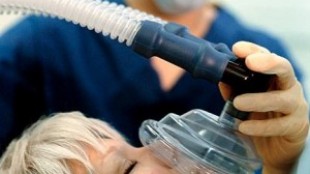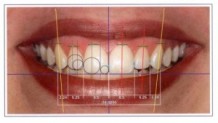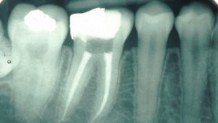Conscious Sedation

GET TO KNOW CONSCIOUS SEDATION
Leave your fears of dental treatment behind with Nitrous Oxide sedation.
Fear of dental treatment is among the conventional fears most frequently observed during daily life. People refrain from dental treatment due to the “needle anxiety”, the sense of shivering caused by the local anesthesia or other similar reasons. All these result in late arrivals to the appointments or interrupted or even incomplete treatment and more importantly, patients can encounter with the fear of losing their teeth.
But, there is a solution ! Conscious Sedation..
Conscious Sedation (Inhalation Sedation) is a pain management method commonly used in many medical fields throughout the world. The fear and stress patients experience during dental treatments are replaced by nice and pleasant feelings with this effective and reliable method which can be applied to everyone at all ages.
Nitrous Oxide
Commonly known as the “laughing gas”, nitrous oxide has been used widely in dentistry as well, as is the case in many other medical fields for long years. The gas is applied as accompanied by oxygen and has a relaxing and analgesic effect (pain reliever) as long as it is inhaled. Nitrous oxide sedation is a standard implementation for dental treatments, particularly in the United States and in Scandinavian countries.
What kind of effects does nitrous oxide create?
Before all, nitrous oxide acts as an anxiolytic (odor reducing) agent. Although usually local anesthesia is required, it also has a medium analgesic effect. Due to this characteristic, most patients do not feel any pain during injection, they usually perceive it as a touch. Patients feel relaxed and calm and are not aware how the time passes by because of its amnesic effect. Nausea reflex is usually suppressed. Conscious during the whole treatments, patients can easily communicate with and ask their dentists to stop treatment on patients’ call.
Benefits of conscious sedation
- Rapid impact
Its effects can be observed within 2-3 minutes after inhalation. Patients’ anxieties and fears are replaced by a sense of relaxation and calmness.
- Easily adjustable sedation levels
Required sedation level can easily be adjusted. Your dentist can readily achieve the level most suitable for you.
-
Safety
Nitrous oxide is defined as the safest sedative used in contemporary dentistry. It is a light material, free of toxic effects and is expelled out of the body through natural ways upon completion of treatment. It can be safely used in patients with angina, heart failure and even high blood pressure.
- Rapid neutralization period
Effects of nitrous oxide completely disappear within 2-3 minutes following cease of gas flow. Nitrous oxide sedation is the only sedation type, effects of which do not continue after the treatment. Patients can drive and continue other daily activities without any interruption.
Is nitrous oxide convenient for me?
If you are afraid of dental treatments, inhalation sedation might be the best option for you and your kids. If you have any questions related to this issue, you can get answers from your dentist and also, share them with us.
What is the patient age interval to which conscious sedation can be implemented?
This sedative treatment is applicable to patients (with all ages?). However, refusing attachment of a respirator by kids younger than 5 years of age is a quite frequently encountered problem.
Which patients would be potentially under risk for this method to be used?
Contraindications may be observed in patients suffering the below mentioned diseases. COPD patients, persons with alcohol and drug addiction treatment history and suffering from severe emotional disorders, pregnant women, persons on Bleomycin sulphate treatment, in cases of Methylenetetrahydrofolate enzyme insufficiency.
For maximum how long can it be applied to a patient?
Although there is no definite limit regarding this issue, records exists within the literature for treatments of 3-4 hours long.
What kinds of effects can be observed at high dosages?
At high dosages, nausea, vomiting, crying, over-laughing and hallucinations can be observed in some patients.
Can it be used by lactating women?
Yes, it can.



COMMENTS
POST A COMMENT